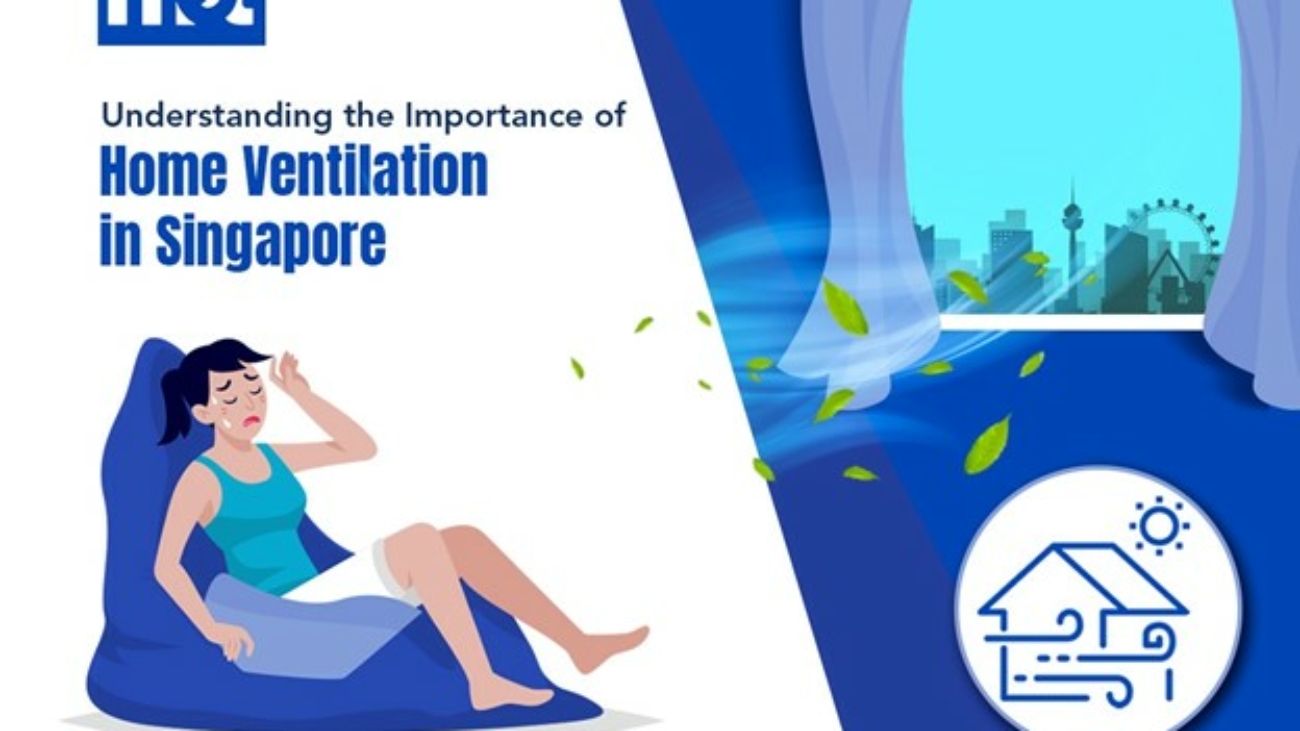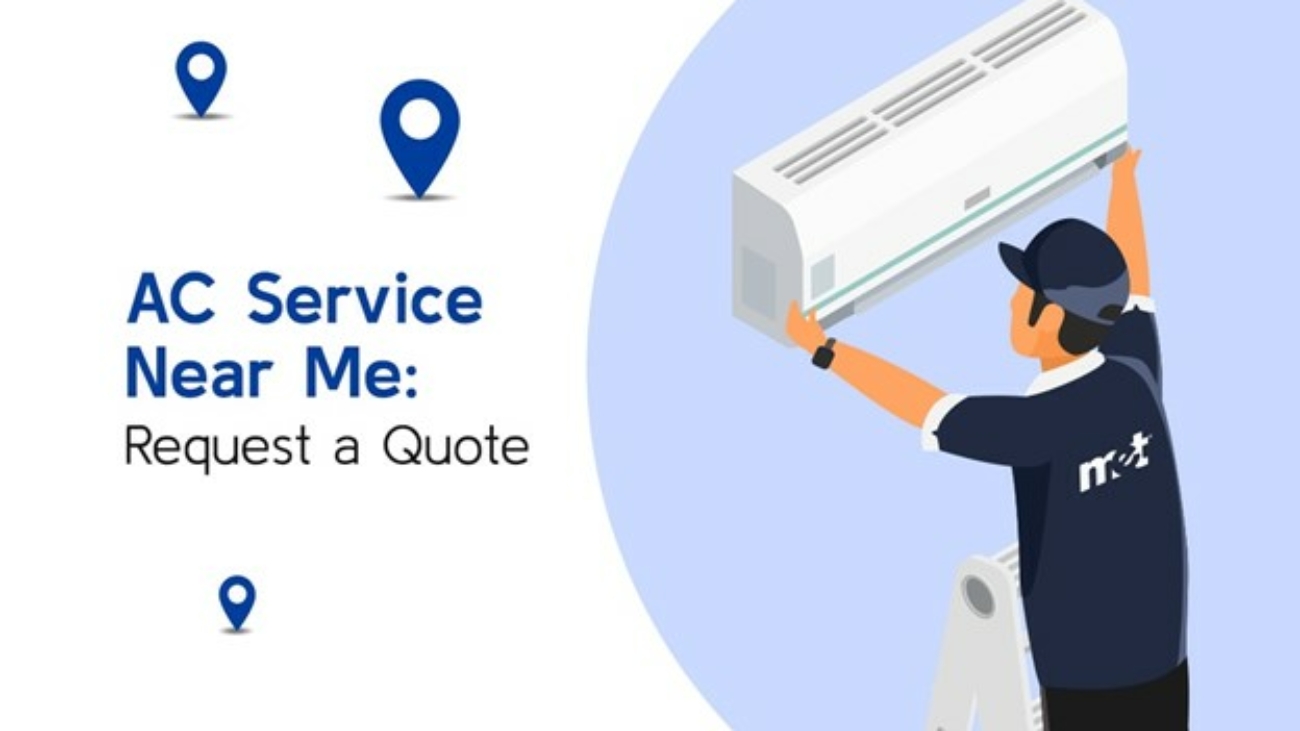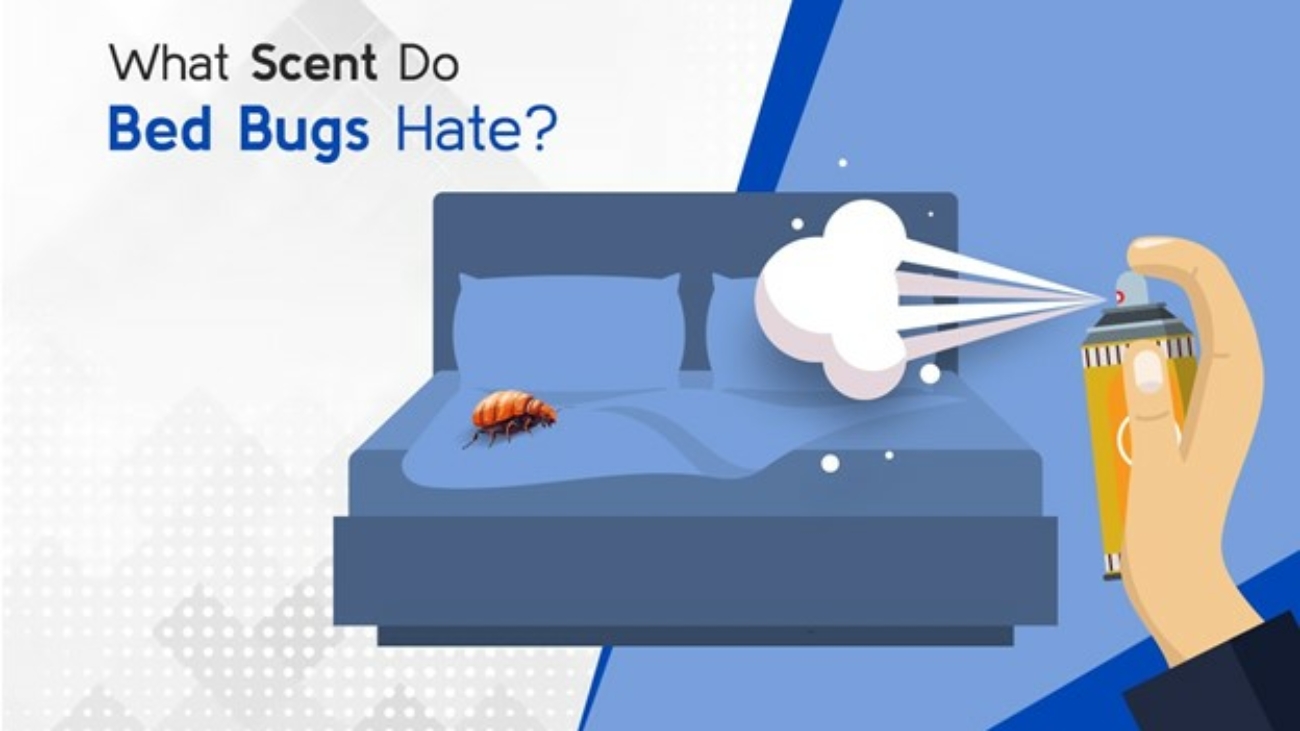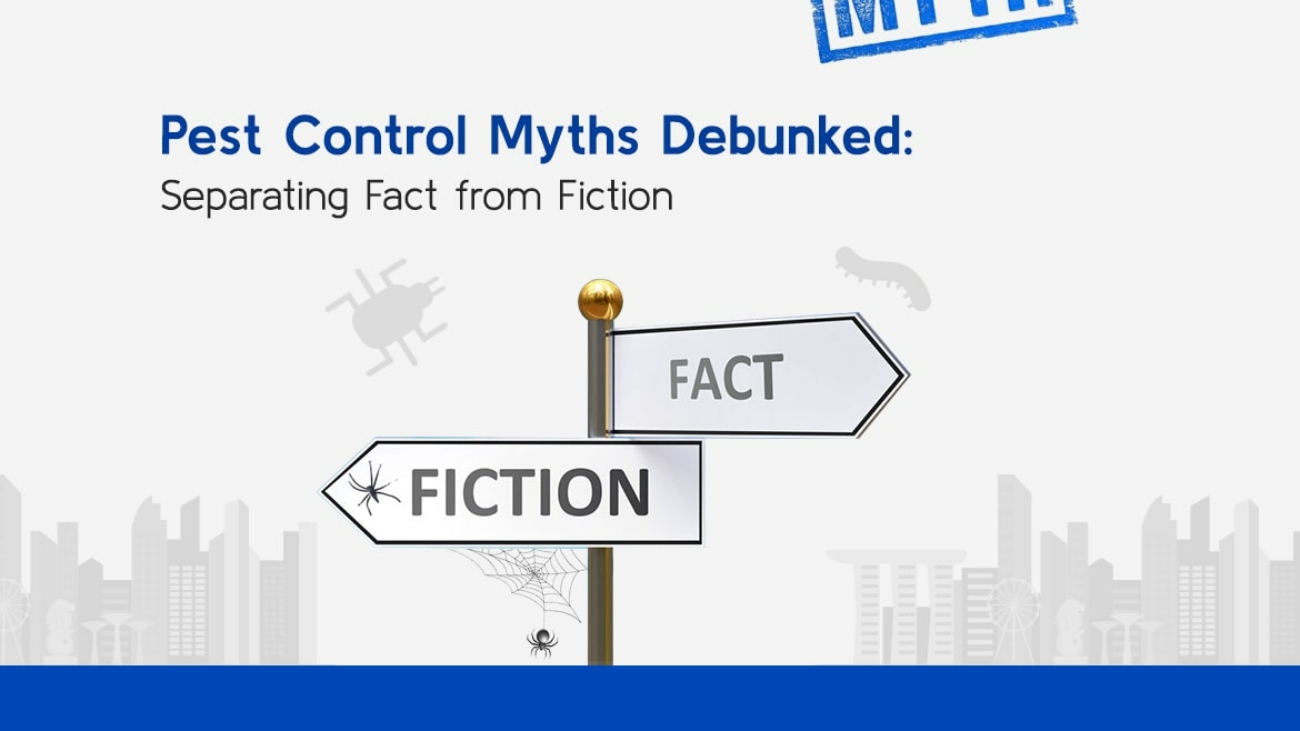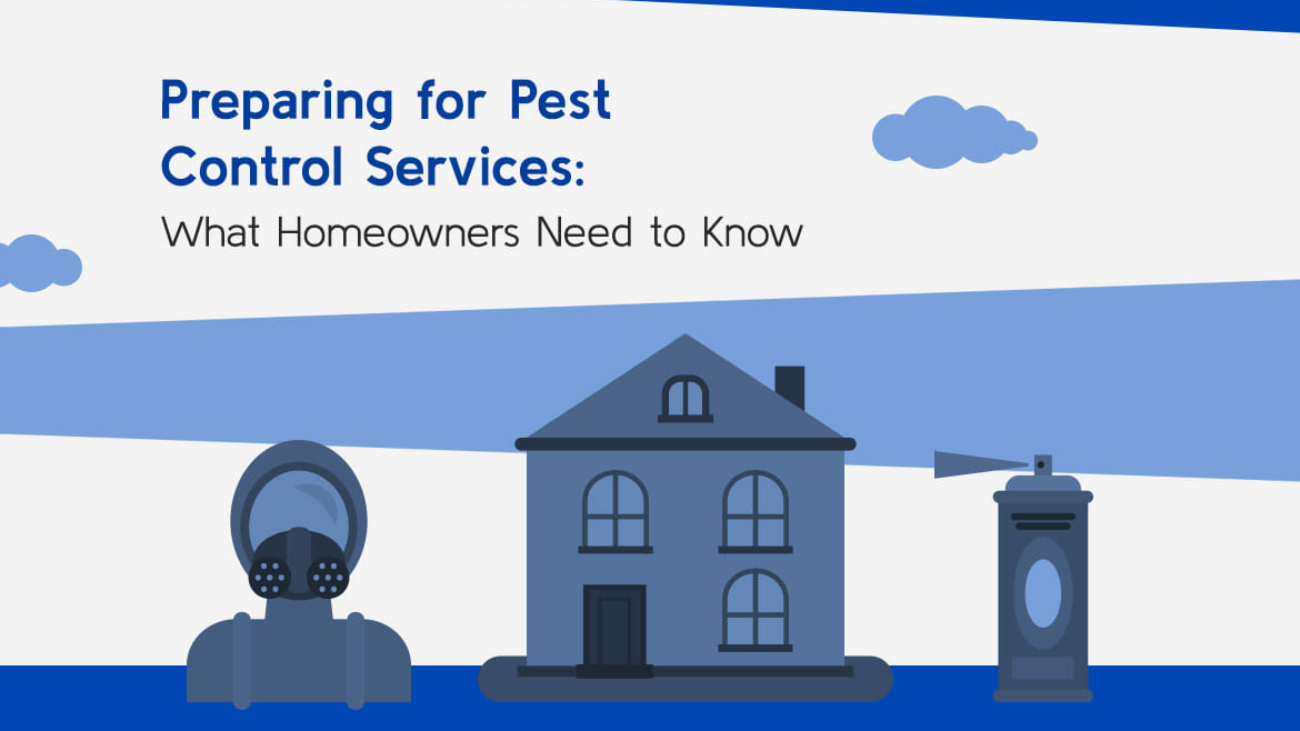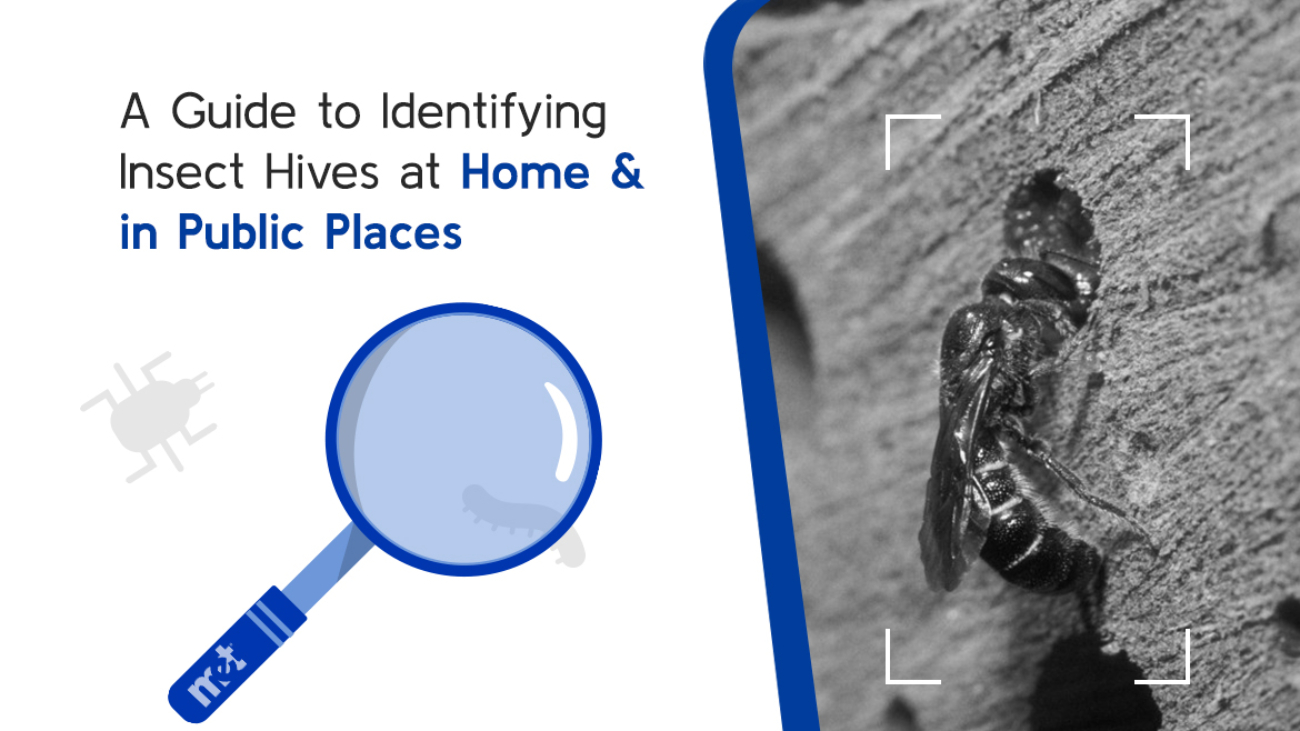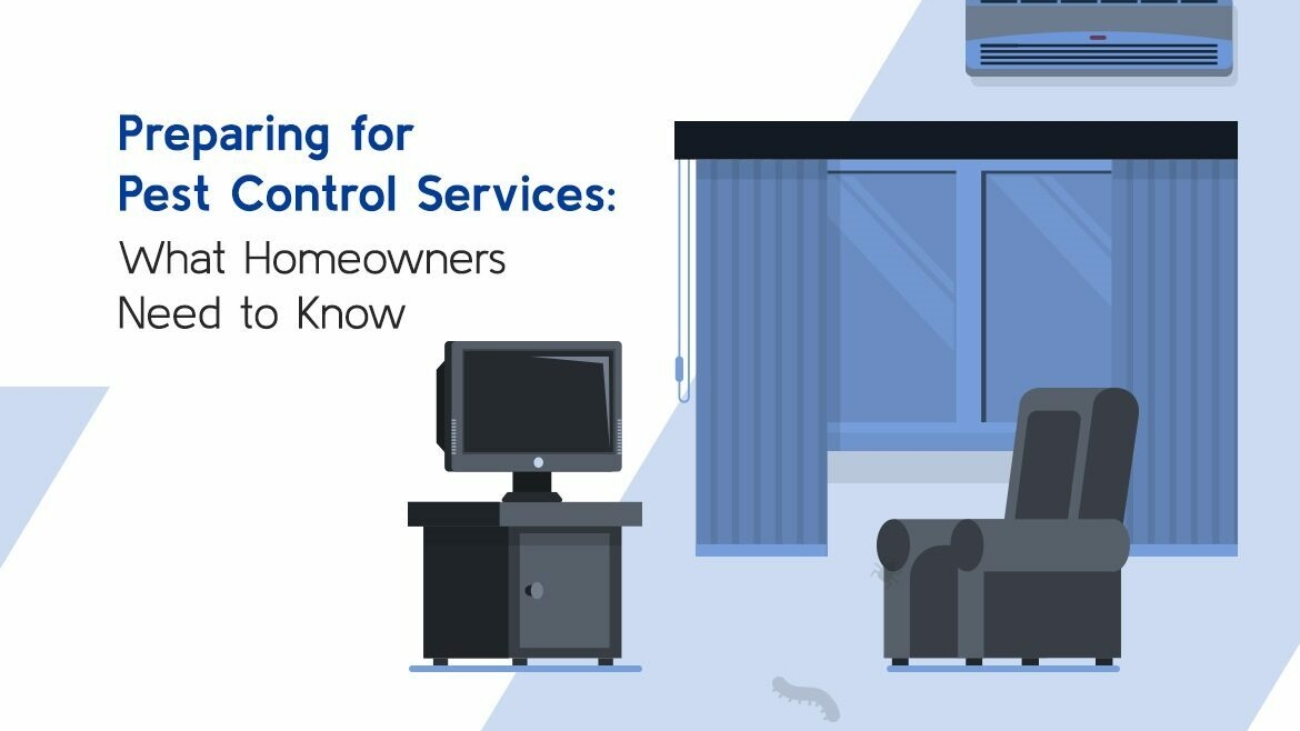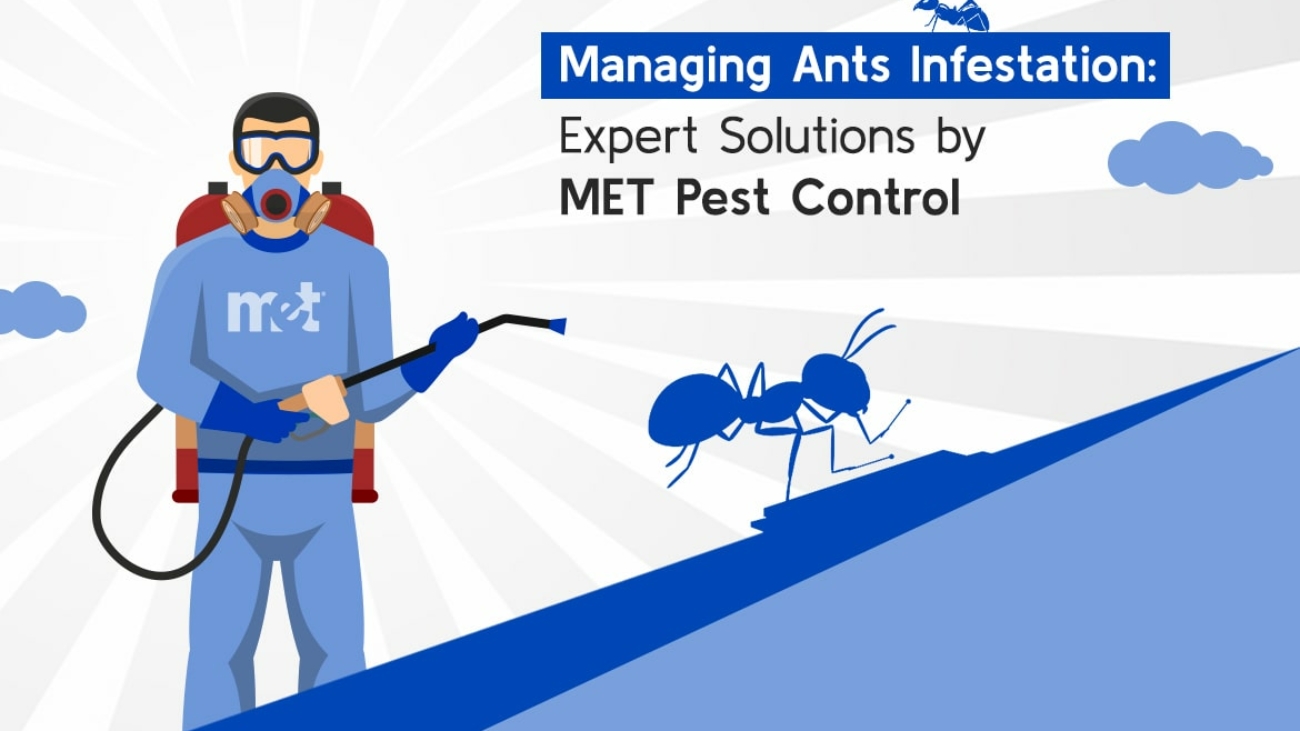With our tropical climate and high humidity, maintaining proper ventilation at home isn’t just about comfort—it’s essential for a healthy living space. Many homes in Singapore are compact, making airflow a challenge, especially in high-rise apartments. In ...
AC Service Near Me: Request a Quote
Is it because your air conditioner fails to keep up with the scorching hot Singaporean heat, or perhaps you notice your energy bills shoot through the roof? If you’ve been searching for “AC service near me,” it’s essential to understand how vital regular ...
What Scent do Bugs Hate?
Have you been waking up to itchy bed bug bites that leave you scratching and sleepless? Or have you noticed mysterious skin rashes that seem to appear out of nowhere every morning? If so, you might be dealing with a bed bug infestation. Alarming news on 2 ...
How to Prevent Bed Bug Bites While Sleeping
Have you been suffering from itchy bed bug bites causing sleepless nights? Or have you noticed unexplained skin rashes when you wake up every morning? If so, you might be dealing with bugs in the bedroom. These pests are notorious for their stealthy behav ...
Pest Control Myths Debunked: Separating Fact from Fiction
Pest control is often surrounded by myths and misconceptions that can lead homeowners to make misinformed decisions. Whether it’s believing that a clean home is immune to pests or thinking that store-bought repellents are the ultimate solution, these myth ...
Preparing for Pest Control Services: What Homeowners Need to Know
Professional pest control services play a critical role in maintaining a safe and healthy living environment. Whether you're dealing with termites, rodents, or insects, pests can cause significant damage to your property and pose health risks to your fami ...
A Guide to Identifying Insect Hives at Home & in Public Places
Insect hives can pose significant risks to safety, both at home and in public spaces. The ability to identify these hives is crucial for preventing painful stings and potential allergic reactions. This importance was underscored by a recent incident at Su ...
Preventing Pests in New Constructions: Tips for Builders and Homeowners
Building a new home is an exciting journey, but it comes with its own set of challenges, one of the most significant being the prevention of pest infestations. Preventing pests in new constructions is crucial for maintaining the integrity and value of a p ...
Top 5 Tips to Save Money on Your Next Aircon Bill
Are you tired of sacrificing your favorite leisure activities to keep up with soaring aircon bills? Many people find themselves in this predicament, forced to cut back on dining out, entertainment, and even family outings to afford the escalating costs of ...
Managing Ants Infestation: Expert Solutions by MET Pest Control
Ants might seem like small nuisances, but an infestation can quickly escalate into a significant problem if not addressed promptly. At MET Pest Control, we specialize in effective ant management solutions tailored to eliminate these pests swiftly and effi ...

